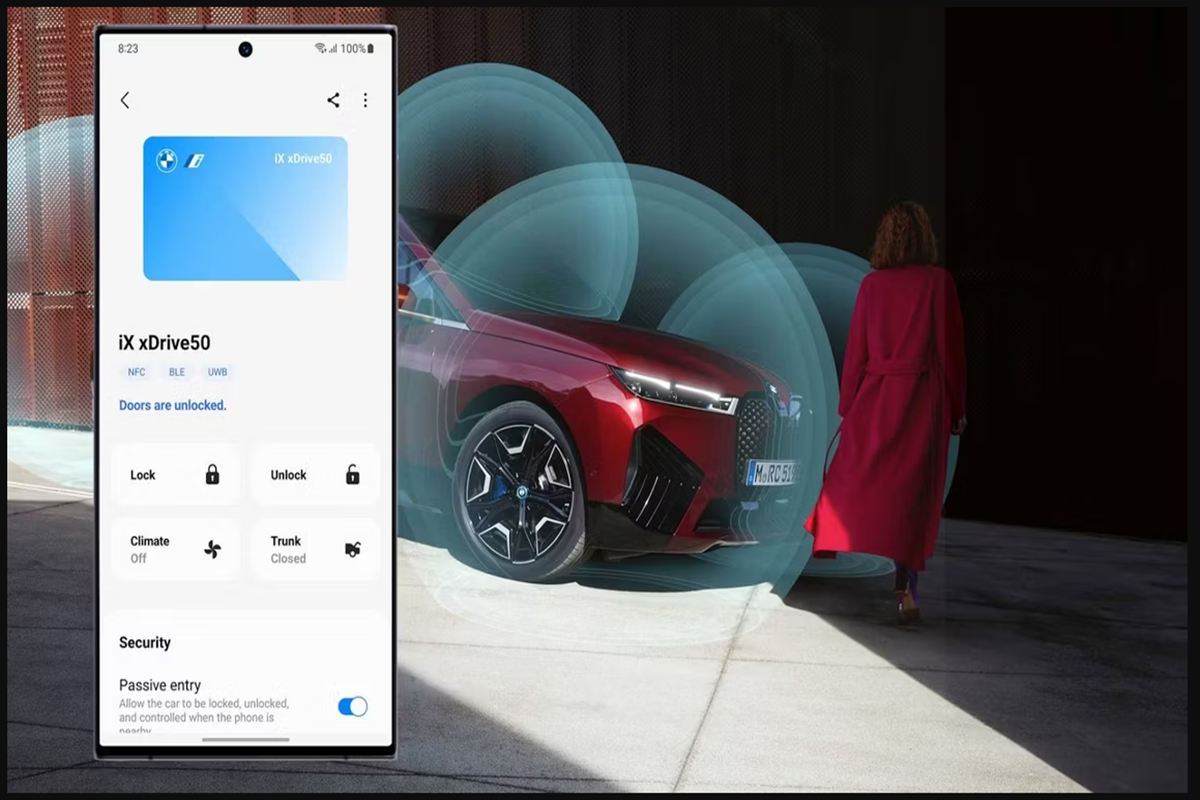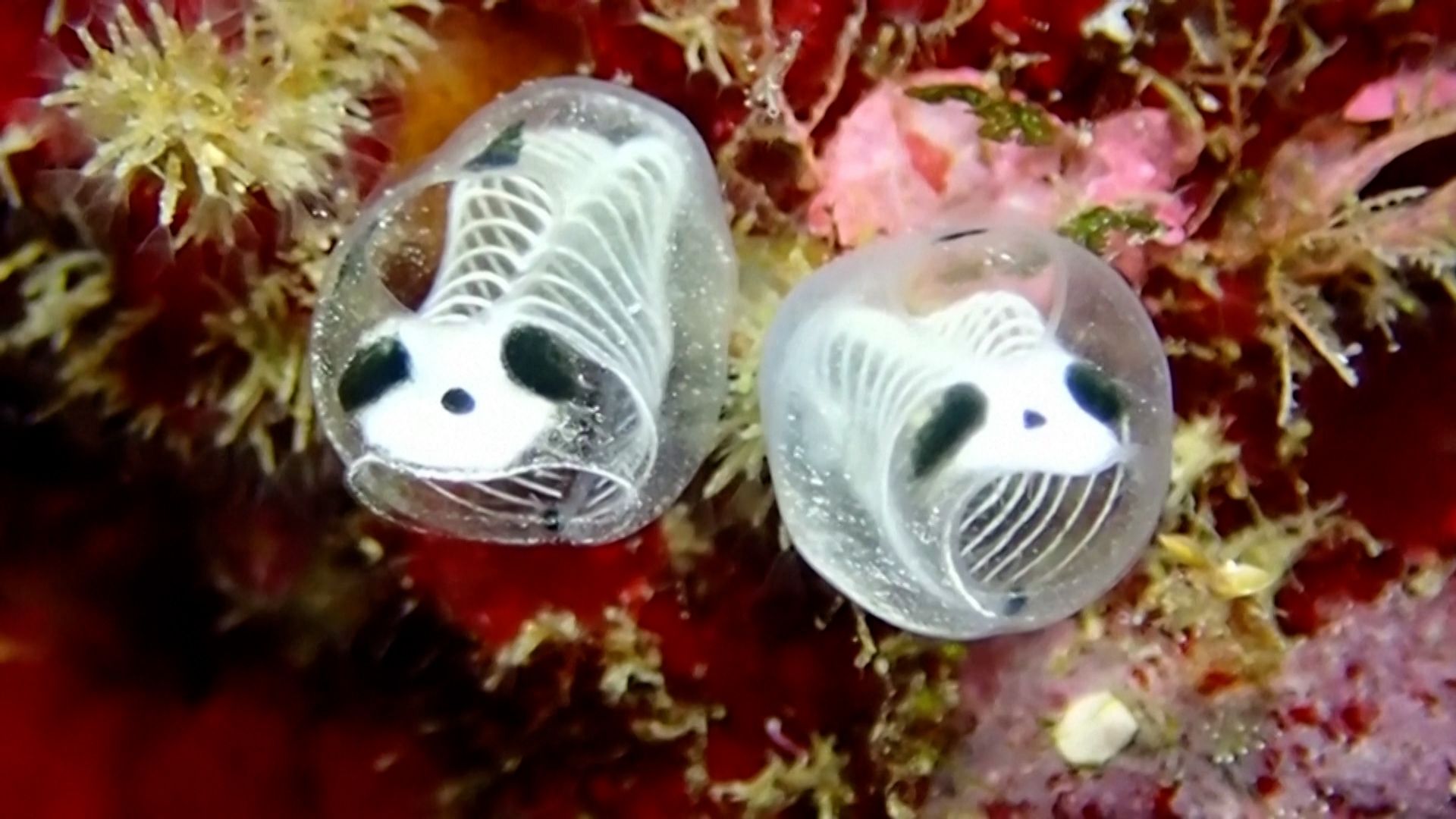The Android digital car key is a feature that allows you to use your Android phone as a car key. This means you can lock, unlock, start your car, and perform other functions directly from your compatible Android device. But how does it work, and is it secure? Let’s dive into everything you need to know about this Ultra-Wide Band (UWB) based technology.

Introduced by Google as part of the Android 12 update in 2021, the digital car key feature aims to provide the same level of convenience as physical keys, offering a seamless driving experience. Similar to Tesla’s digital car keys, Google and other Original Equipment Manufacturers (OEMs) have embraced this technology to enhance user convenience.
Setting up the Android digital car key is straightforward. With a compatible car and Android phone, you can configure the digital key on your device and leave your physical keys behind. Once set up, you can use your Android phone to lock, unlock, start your car, and even open the trunk.
For users with the latest Samsung Galaxy phones, the setup process involves using Samsung Wallet, while non-Samsung device users will complete the setup using the Google Wallet app. However, it’s important to note that while Google announced the feature in 2021, car manufacturers have been gradually implementing it in their offerings.
Currently, digital car keys are available on devices such as the Pixel 6 and later, select Samsung Galaxy flagships, and certain Android devices running Android 12 and up. However, availability is limited to specific markets, including the USA, South Korea, the UK, Germany, Spain, France, and Italy. Additionally, only a few car manufacturers like BMW, Genesis, and Hyundai have announced support for digital car keys on select models.
To authenticate your identity and start the car, a digital car key relies on Near Field Communication (NFC) or Ultra-Wide Band (UWB) technology. NFC-compatible phones allow you to lock or unlock the car by positioning your phone near the car doors or start the engine by placing it over the car key reader. However, for enhanced convenience, UWB technology enables passive entry, allowing you to unlock or lock the car simply by getting close to or stepping away from the vehicle.
While the idea of unlocking and starting your car with your phone may sound convenient, security is a primary concern. Google offers several security features to address this, including the ability to turn off passive entry, add screen lock settings for the digital car key, and protect sharing links with activation codes.
Sharing your digital car key with friends and family is also straightforward. You can share the key with others, granting them access to your vehicle without the need for physical keys. Google provides options to protect the sharing link with an activation code, ensuring security during key sharing.
In conclusion, the Android digital car key feature offers convenience and flexibility for users, allowing them to control their vehicles directly from their Android phones. With robust security features and compatibility with a range of devices and car models, it represents the future of automotive technology.









